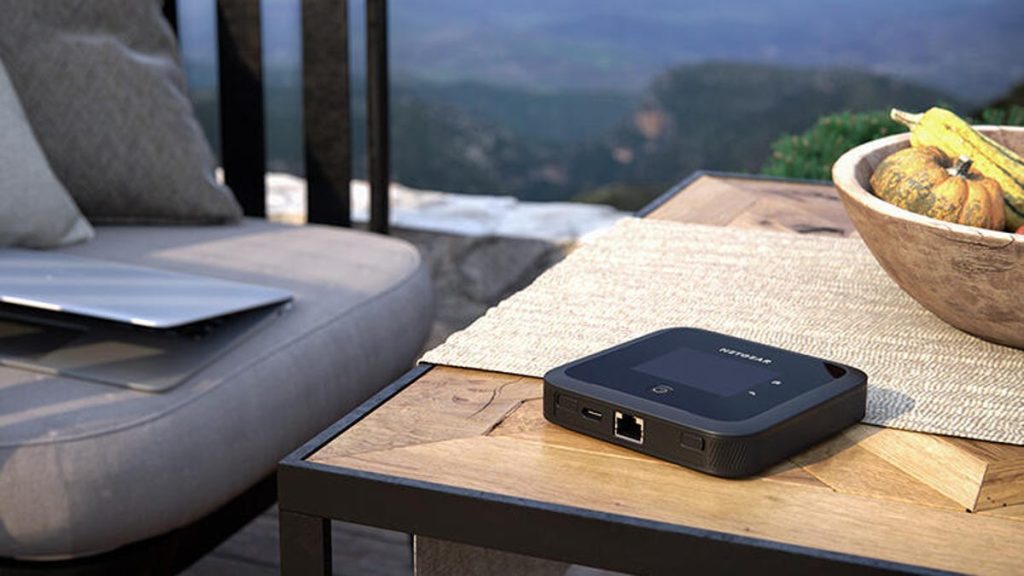When comparing internet providers in your area, one important factor to consider in addition to speed and pricing is the connection type that the provider uses to send internet to your home. There are various types of connections, including wired options such as fiber-optic, coaxial cable, and DSL, as well as wireless options like satellite internet, fixed wireless, and 5G home internet. Each type of connection has its own set of advantages and limitations, which can impact your internet experience. In this guide, we will explore the different types of internet connections, how they work, and what you can expect from each.
Fiber-optic internet is considered the best option in terms of speed and reliability, using long strands of glass or plastic to transmit data as light signals. This technology can deliver extremely fast download speeds of up to 10 gigabits per second, with symmetrical upload speeds that mirror download speeds. While fiber internet offers top-tier performance, availability is still limited, with only around 40% of US households having access to this type of connection. However, if you do have access to fiber-optic internet, it may be worth considering for its superior speed and reliability.
Cable internet, which uses coaxial cable connections similar to traditional cable TV, is one of the most common types of internet connections, available to nearly 90% of US households. While cable internet lacks the speed potential and reliability of fiber-optic service, it is more widely accessible and offers fast download speeds ranging up to 940Mbps. However, upload speeds are typically lower with cable internet, and speed reliability may be affected by network congestion during peak hours. Cable internet is generally more affordable compared to fiber-optic options, with a variety of speed tiers and pricing options available.
5G home internet is a wireless alternative that utilizes 5G signals from cell carriers like T-Mobile or Verizon to provide broadband connectivity to homes. This technology is becoming increasingly practical for home internet use, especially in areas with strong cellular infrastructure. Pricing for 5G home internet plans may vary, typically offering flat rates for different speed ranges. Fixed wireless internet is another wireless option that relies on air-transmitted signals, requiring a mounted receiver with a direct line of sight to the nearest tower. While fixed wireless may deliver slower speeds and have data caps, it is expanding rapidly in both rural and metro areas.
DSL internet, which runs through copper phone lines, is a fixed connection commonly used in areas without access to cable or fiber internet. While DSL lacks the speed potential of other connection types, it is a reliable and affordable alternative, especially for rural communities. Satellite internet, on the other hand, is the most widely available type of internet and uses mounted dishes to connect with orbiting satellites. While satellite internet offers varying speeds and relatively high costs, new providers like Starlink and Project Kuiper are promising to improve speed and latency with low Earth orbit satellites.
Ultimately, the right internet connection for you will depend on your usage needs, budget, and location. Understanding the different types of internet connections and considering factors like speed, reliability, and pricing will help you make an informed decision when choosing an internet service provider. Whether you opt for fiber-optic, cable, 5G, fixed wireless, DSL, or satellite internet, knowing the pros and cons of each connection type will help you select the best option to meet your specific requirements.


